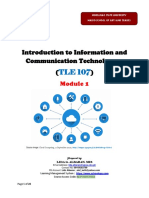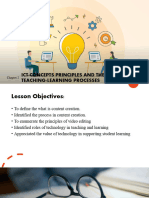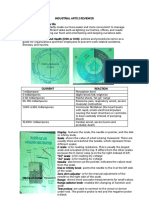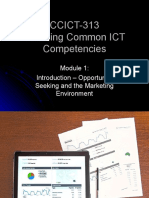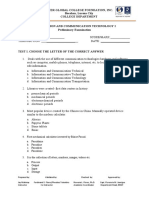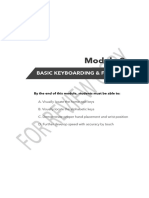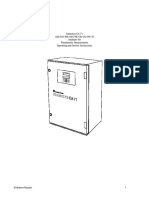0% found this document useful (0 votes)
788 views19 pagesICT SPECIALIZATION Module 1
The document discusses information and communication technology (ICT) in three paragraphs. It defines ICT as various forms of technologies used to create, display, store, process, transmit, share, or change information electronically. It describes how new technologies have revolutionized communication and given people the ability to easily send messages globally and learn about events worldwide instantly. ICT facilitates convenient communication anywhere and anytime through tools like social media, blogs, and more.
Uploaded by
Jerson Wines Jr.Copyright
© © All Rights Reserved
We take content rights seriously. If you suspect this is your content, claim it here.
Available Formats
Download as DOCX, PDF, TXT or read online on Scribd
0% found this document useful (0 votes)
788 views19 pagesICT SPECIALIZATION Module 1
The document discusses information and communication technology (ICT) in three paragraphs. It defines ICT as various forms of technologies used to create, display, store, process, transmit, share, or change information electronically. It describes how new technologies have revolutionized communication and given people the ability to easily send messages globally and learn about events worldwide instantly. ICT facilitates convenient communication anywhere and anytime through tools like social media, blogs, and more.
Uploaded by
Jerson Wines Jr.Copyright
© © All Rights Reserved
We take content rights seriously. If you suspect this is your content, claim it here.
Available Formats
Download as DOCX, PDF, TXT or read online on Scribd
/ 19






